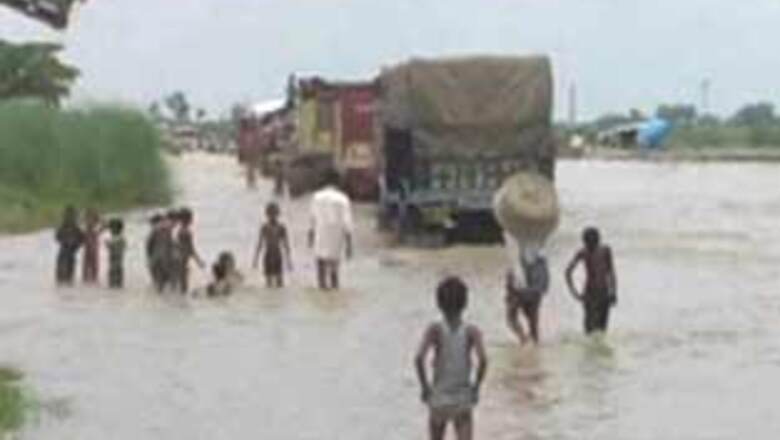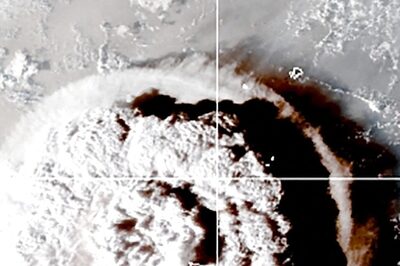
views
New Delhi/Patna: It is five months since their homes and belongings were swept away in the worst floods in Bihar in the last 50 years.
Now for the hundreds of thousands huddled together in relief camps or along roads with just a plastic sheet as roofing, the winter cold is beginning to bite.
An estimated three million people were rendered homeless when the Kosi river breached its bank upstream in Nepal Aug 18 and changed its course, swamping large tracts of land in the process and forcing people to flee to higher ground.
The state government has distributed woollen blankets, shawls and sweaters to those in the relief camps in the flood-hit districts of Madhepura, Supaul, Saharsa, Araria and Purnea districts, but more is needed.
Goonj, a non governmental organisation, has chipped in with its contribution of clothes, lanterns, foodgrains and woollens.
Describing the aftermath of the floods, Goonj director Anshu Gupta said: "Unlike the yearly floods in Bihar, the water this time has taken months to slowly evaporate and in some places led to creation of a 'dal-dal' or quicksand-like slippery ground."
For the displaced people, the winter is harsher as the winds blowing across the muddy and moist open grounds hit them with a ferocious vehemence in their temporary homes.
To help tide over the cold and give the people some employment, Goonj has launched an innovative blanket-making programme, called Gudri, using old clothes.
"We have started the Gudri project to convert old cloth into thick blankets," Gupta, an Ashoka fellow, told IANS. "Apart from protecting people from the extreme cold, it will help generate employment among the displaced people, especially the women.
"We give raw material to the women for three Gudri blankets. They can keep two for themselves and give back one to Goonj. At the centres the people are trained to make the blankets and are paid for it."
The blankets are made by spreading out the cloth in layers and stitched together using long needles. The most attractive piece of cloth is placed as the outer covering and the old, worn out pieces stuffed inside.
Goonj has started its Gudri making centres in the flood affected Madhepura and Supaul districts and other areas.
Goonj has distributed 4,000 winter kits to as many families. The winter kit comprises two thick blankets, two mats and 10 to 15 woollens - two woollen garments per family member.
The workers of Goonj were able to reach the remote areas of the flood-hit areas with the help of local NGOs working there and creating their own network of young volunteers.
Apart from helping with relief work, Goonj is also trying to get people involved in skilled and unskilled professions, like setting up barber shops and eateries, and also distributing "livelihood kits" to start work.
"Many of the displaced people living in relief camps in towns have decided against returning to their villages," says Rakesh Kumar, who is from Purnea.
"They have lost everything in the floods and are planning to start life afresh in towns," Kumar told IANS.
He said the state government has distributed relief material to people, including folding cots, clothes, slippers as well as a basic kit of household utensils for cooking.
The flood was so bad in some places that entire blocks "have disappeared", said Kumar.

















Comments
0 comment